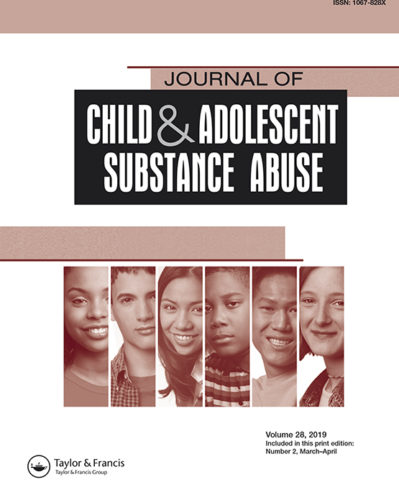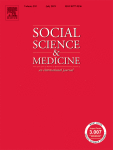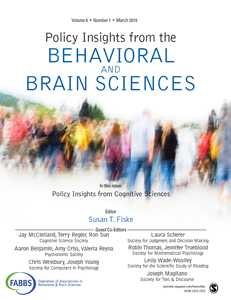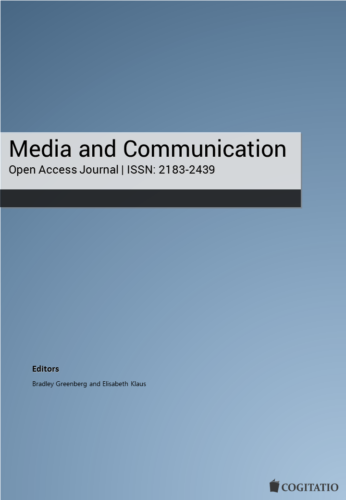Given the series’ popularity and its potentially harmful effects, researchers at APPC and three other institutions conducted a study to more fully understand the effects of the show through a survey of U.S. young adults, ages 18 to 29, before and after the May 2018 release of its second season.
Health


Do adolescents have a natural tendency to engage in more risk-taking than children?
A new policy review of research on teen risk-taking finds that despite stereotypes to the contrary, the evidence does not support the notion of the out-of-control teenage brain.

Risk and Healthy Behavior in the American Adaptation of a Telenovela
In a pilot study, APPC researchers found that the American TV show "Jane the Virgin" features more risk behavior and less healthy behavior than the Spanish-language telenovela it was adapted from, "Juana la Virgen."
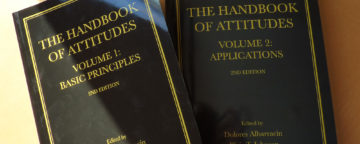
Second Edition of ‘Handbook of Attitudes’ Is Published by Routledge
The updated "The Handbook of Attitudes" covers theory and research on how we evaluate people, places, things and ideas. Many chapters were presented at an APPC conference.

Journalists Trying To Help Readers Cope May Mislead on Holiday-Suicide Myth
Despite the fact that the holiday season has some of the lowest average daily suicide rates, some journalists continue to inadvertently perpetuate the holiday-suicide myth.
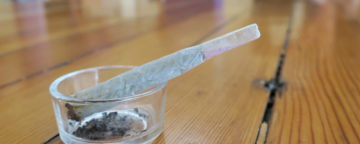
Does Teen Cannabis Use Lead to Behavior Problems – or Vice Versa?
Research finds that cannabis use among teens does not appear to lead to greater conduct problems or greater affiliation with other teens who smoke cannabis -- it's teens with conduct problems who are more likely to gravitate toward cannabis use.
